Collectors Matthias Arndt and Tiffany Wood aim to collect works that create disturbance and allow for a reassessment of lines of questioning and understanding. With the Arndt Foundation (formerly Berlin Masters Foundation), a charitable arts foundation, founded in 2013, they support emerging artists and acquisitions of contemporary artworks for public institutions. They also operate a private artspace The Artbarn in Cape Schanck in Victoria, Australia, built for their personal collection of contemporary art.
Matthias Arndt is a member of the Asia Pacific Acquisition Committee of TATE and member of the Board of Trustees of the Foundation of the Art Gallery of New South Wales, Sydney.
LARRY’S LIST spoke with Matthias about why he and Tiffany love art that questions the current state of the world, what artworks they have recently collected, the important acquisitions throughout their collecting journey, as well as the artworks on their wish list right now. He also talked about his happiest moment in art and their two upcoming projects in November, including the first major museum exhibition of works from their collection.
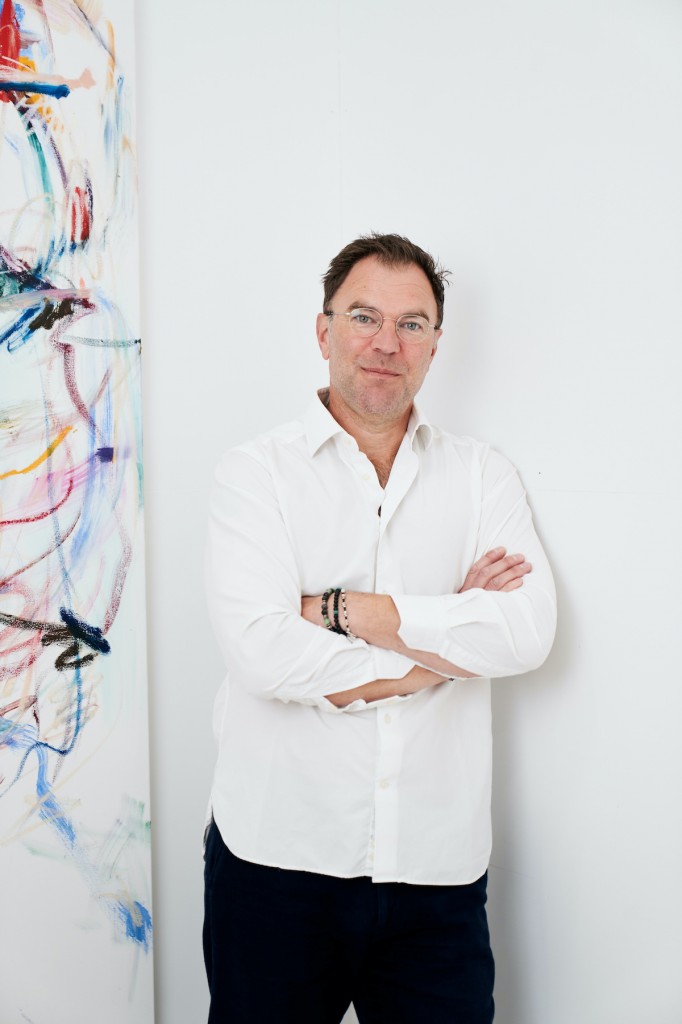
Collecting
What made you want to start collecting art? What is the main motivation behind your collecting?
I ran a very successful gallery business for more than two decades, selling out every show and always having our clients have first pick on work. During that period artworks randomly came to us through clients reselling them back to us.
In 2015, when we morphed our gallery-business into the agency model—no longer representing artists—we felt we could start acquiring art for ourselves without any conflict of interest.
There is no central aim with the collection, other than that we buy art we find relevant and works we love and potentially want to live with. Though with more than 300 works in the collection, three homes (in Berlin, Athens and Melbourne) and a private art space we built to display and to “play” with our art, we passed the stage of enjoying “domestically”. When my wife Tiffany and I realized that we will always acquire many more works than we can ever live with, we understood that we need to manage and promote the collection. So “Arndt Collection” is actively lending to museums and exhibitions, doing curated collection presentations at our “The Artbarn” near Melbourne, and also planning a number of institutional exhibitions with the collection in Australia and internationally. We also run a foundation through which we donate artworks to museums around the globe.
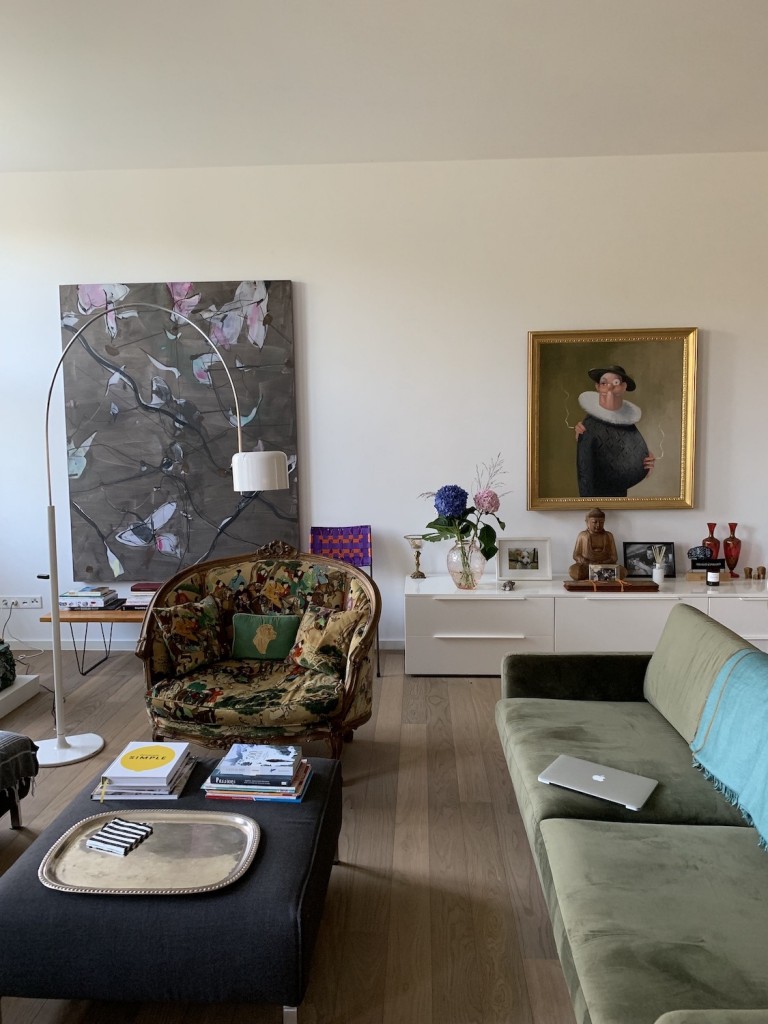
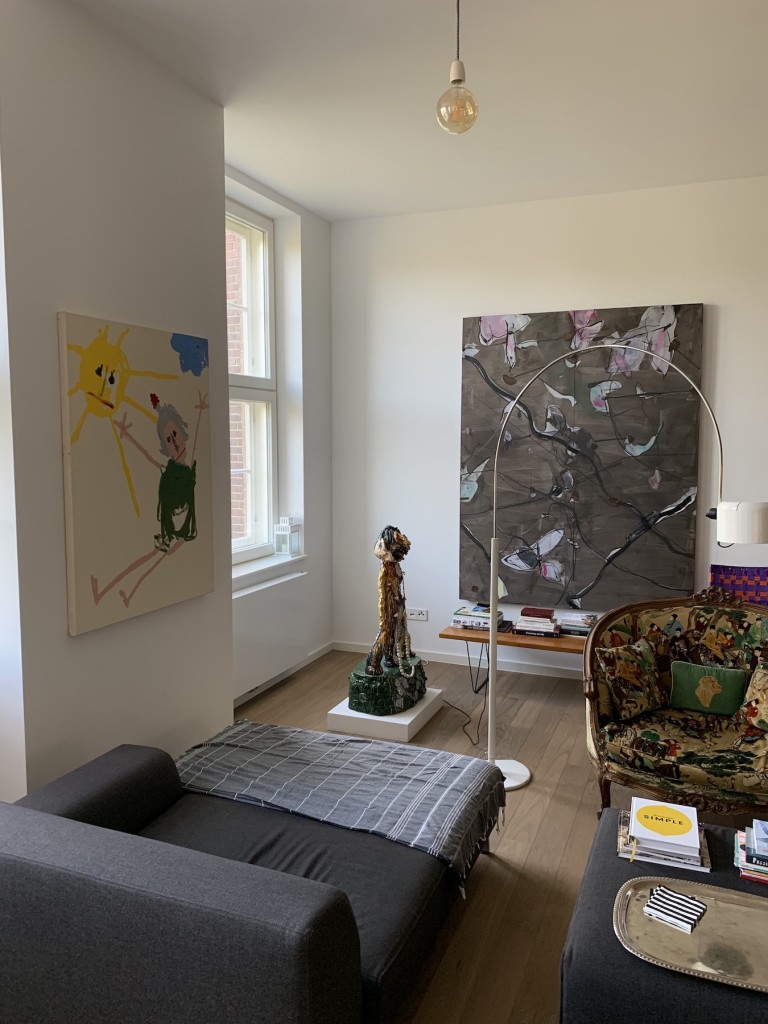
What is your focus regarding the artists in your collection? Are you more interested in emerging or renowned artists, and why?
There is no specific focus in the collection, no area we focus on, nor specific medium or stage of the artists career. We tend to acquire emerging and internationally profiled artists, versus “blue-chip”. This for the economy of means and also because we love the participatory element of discovering an artist early and supporting the artists throughout their career—as far as this is possible in the current market, where developments happen fast and prices increase even faster.
What type of art that has consistently attracted you? Or what is the theme that unites all the works you have acquired?
Believe it or not, this is a question we have not asked ourselves yet, but we love art that questions the current state of the world and the conditions and societies we live in. I was always convinced that art can change the world, through the artists showing us different perspectives to look at it—which ideally leads to amendments to our decision-making. We look at and collect such art we find relevant in this regard.
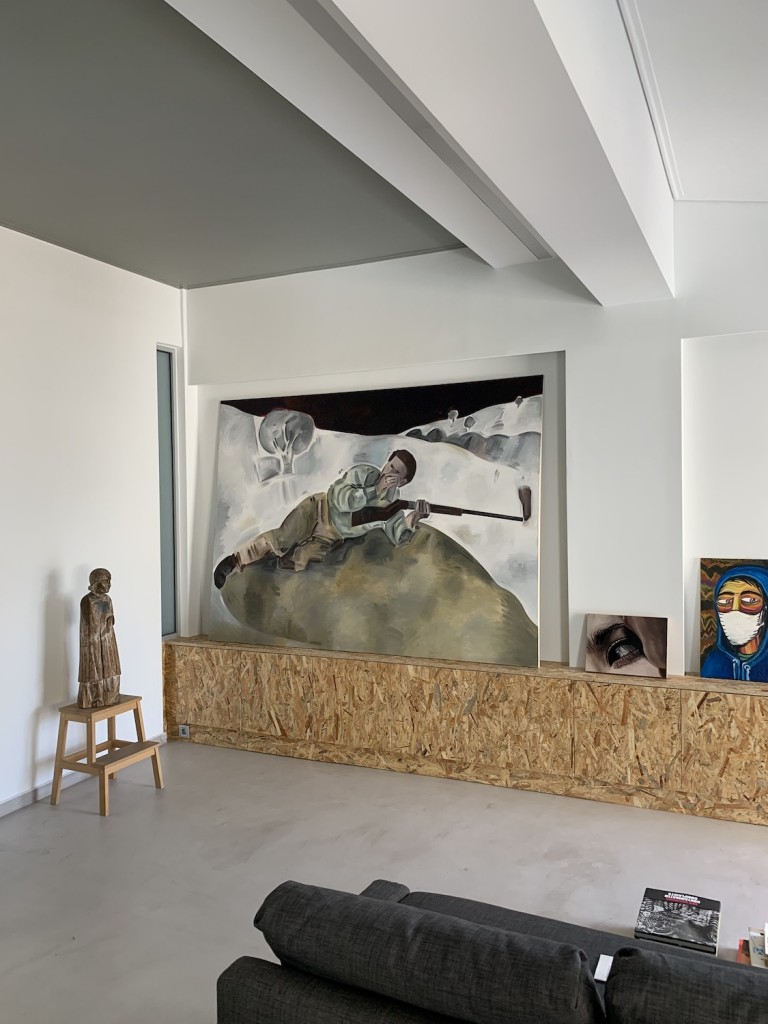
What were the first and the latest artworks you purchased?
My first work of art purchased was a drawing by German Dada Artist Hannah Höch, that I bought from my first salary as a bank apprentice, in 1986. My first work of contemporary art was a collage by Thomas Hirschhorn I bought after a studio visit two years later. Our latest acquisitions were paintings by Johnson Eziefula, Zandile Tshabalala, and Camilla Engstroem.
How many artworks do you own? Where do you display your collection?
300 works and growing, displayed in our homes in Athens, Berlin and Melbourne and our private art space near Melbourne, “The Artbarn” and also on loans and donations to museums.
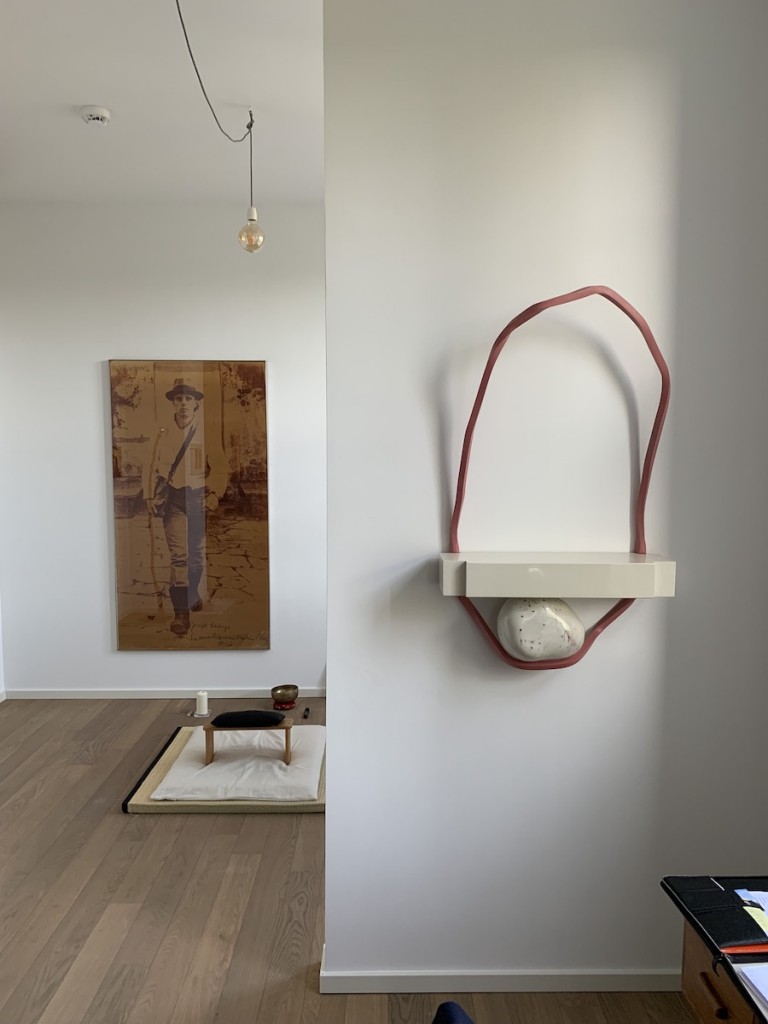
What were some important acquisitions throughout your collecting journey?
Important singular acquisitions over time were a very rare early work by Joseph Beuys, from 1952, I acquired about ten years ago, an exquisite painting by George Condo, we could buy shortly after my wife and I got married and recently a Jannis Kounellis from the artists estate.
What considerations guide you to make a purchase?
It has to be the right artwork, that talks to us, questions us or even overwhelms us. We do not really plan our acquisitions ahead, nor set a budget. When the right piece manifests itself, we have to have it—a “dangerous” setup it is but fun and exciting.
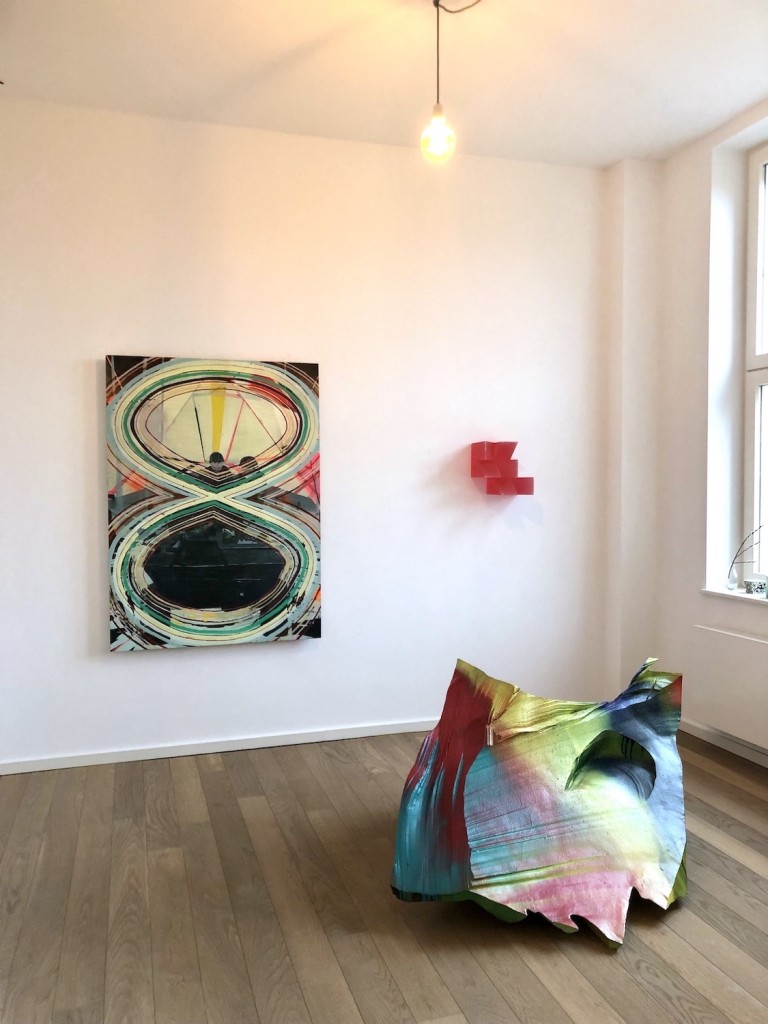
How important is it for you to meet the artists who created the artwork?
Meeting the artist was and is always important and a privilege that comes with working in the art industry or collecting. Whether for work or when researching for the collection, we love studio visits. But often we acquire an artwork first and only meet the artist after.
What artworks or artists are on your wish list right now?
Quite a few, as always. We would love to acquire a painting by Michaela Yearwood-Dan; we just got the Johnson Eziefula we were looking for and got a strong work by Camilla Engstroem. I would love to get a Diamond Dust Portrait of Joseph Beuys by Andy Warhol and would love to get a painting by George Rouy… And my dream acquisition would be painting by Max Beckmann—an acquisition that might remain in the realm of the dream.
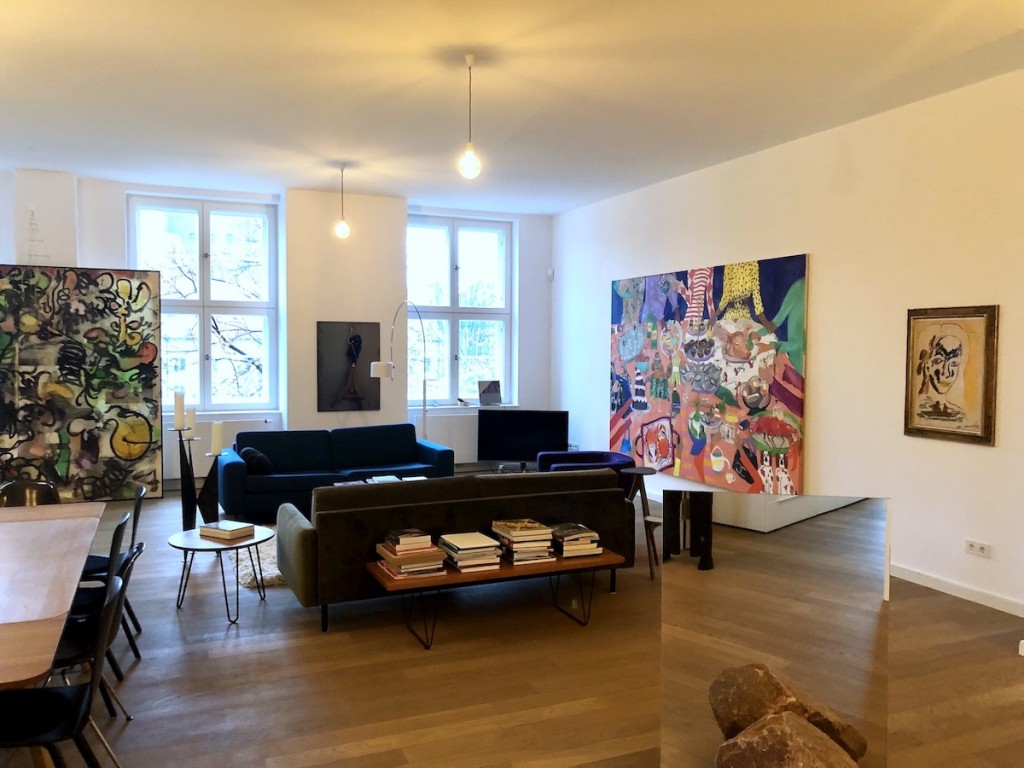
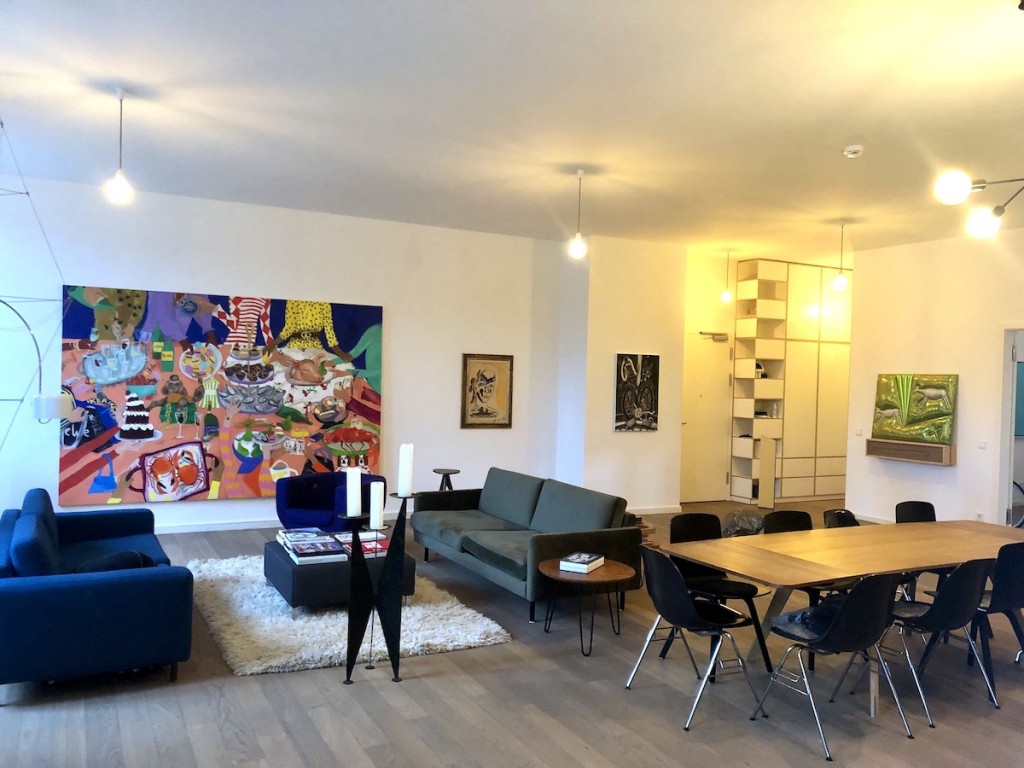
The Art World
How has your professional experiences in the art field helped or influence your art collecting?
While my reputation and the contacts to dealers, artists, institutions and fellow collectors built over decades are extremely helpful and represent an excellent network, we missed out on many opportunities in the beginning: While I ran my own gallery business, my ethical code forbade me to have first pick on the artworks we showed or that went through my hands. I could have acquired a White Infinity Net painting and museums-worthy installations by Yayoi Kusama for a fraction of today’s prices. But snapping them away from our clients was never an option and I am very happy I kept it that way. As it is the reputation of being reliable in business and agreements that puts us in the privileged position today, when we acquire for our collection.
What was your happiest moment being involved in art?
There are many happy, exciting and fulfilling moments over the past thirty six years of being involved in the art world. One particularly nice one was when I received the note from the French Ministry of Culture, that I was made a Knight of the Arts and the Letters (Chevalier des Arts et des Lettres) in 2002.
What are you especially excited about in regard to art in the next 12 months?
Two projects of certain magnitude that will both happen in Australia with the collection: One is the Artist Solo Project of Jeppe Hein, whom we invited to come to our grounds and Artspace in Cape Schanck, Australia to install the work we acquired with an exhibition of outdoor sculptures and a show at The Artbarn (3 November 2023). The other will be the first major museum exhibition of works from our collection, opening at the stunning new building of the Shepparton Art Museum (SAM) in Victoria, Australia (end of November 2023).
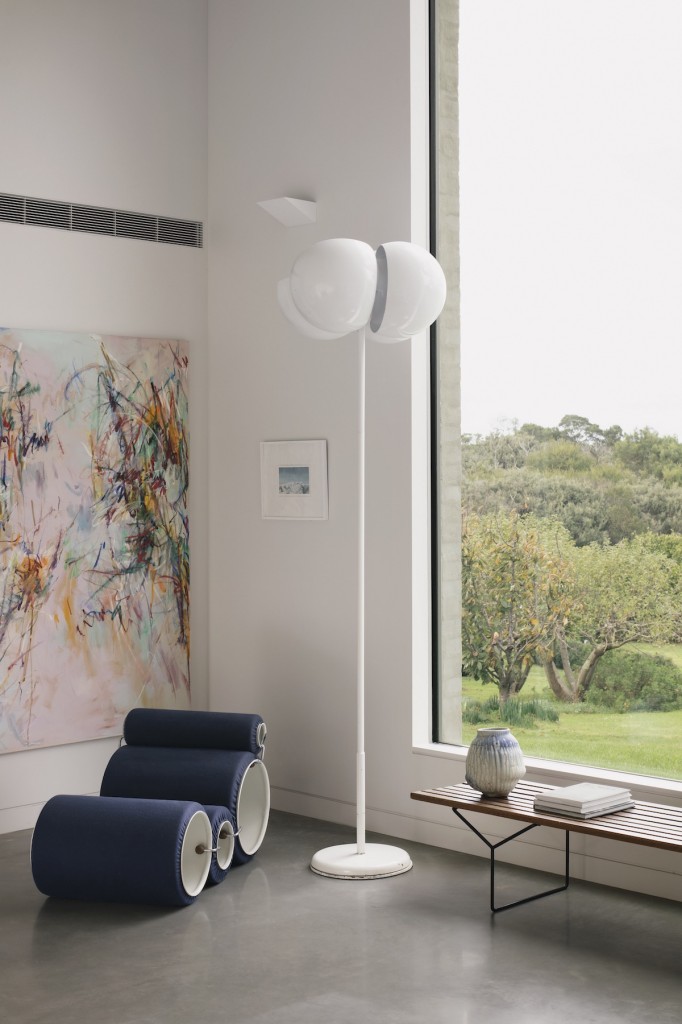
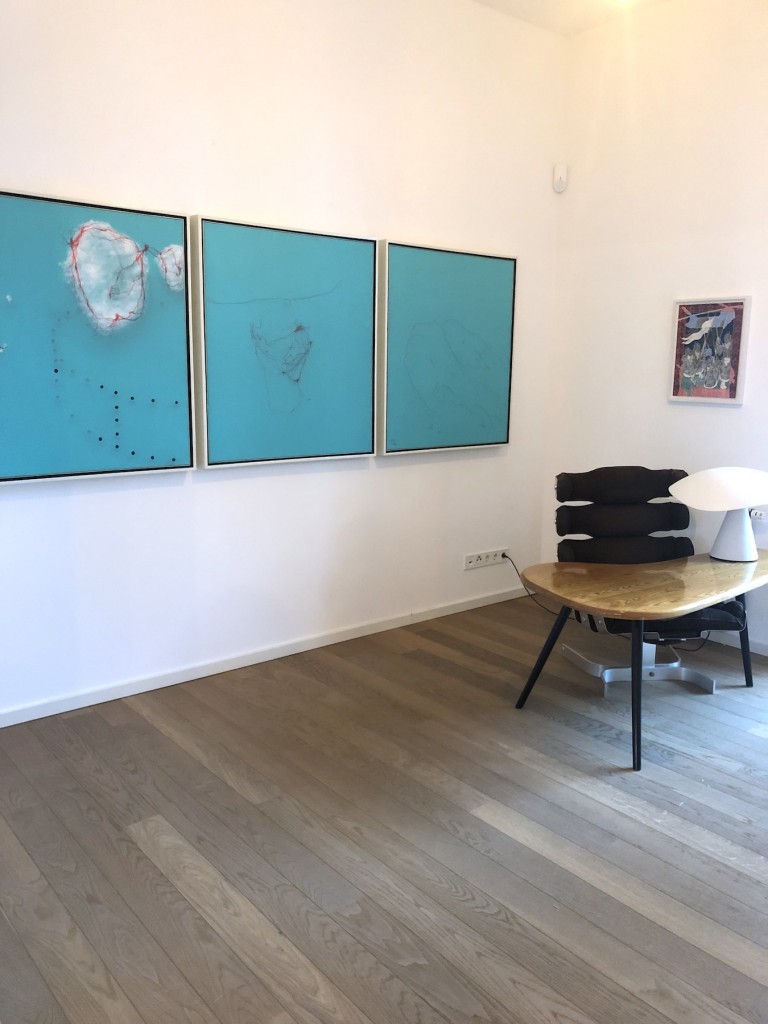
The Artbarn
What is your motivation behind opening a publicly accessible space like The Artbarn?
We love to share our passion for art and the artworks we acquire with the public. Australians are quite interested in international contemporary art but—due to the “tyranny of distance” and lack of exposure—the larger audience lacks to confidence to reach out to the international art circuit. With our special setting, showing our collection and often recent acquisitions in a private setting, we hope to create an atmosphere where likeminded people, collectors and potential collectors, get encouraged to enter the game and to acquire international art, ideally also opening their homes and art collections—something that in Australia is still rather rare. So Tiffany and I feel that with our commitment to open the collection (by invitation only) through The Artbarn and through loans to museums and public institutions, as well as donations to the State Galleries across Australia, we are at the right place at the right time.
There are more and more private museums founded by art collectors. Is it today necessary to have a private museum? E.g. to get the best artworks?
I have always admired private initiatives in art and culture. I cannot say whether it is necessary to have a private museums to get the best works but can confirm that it makes a difference to artists and dealers if their work and the art we acquire is up on the wall at our own private art space or a museum we collaborate with. And I do see that the major private museums, such as Bourse de Commerce Pinault Collection, the Fondation Louis Vuitton, Chateau Lacoste or The Broad or the wonderful “Warehouse Collections” in Miami up to the Rubell Museum, are incredibly well-led institutions, presenting their collections in the most state-of-the-art infrastructure and exhibition settings. The contemporary art world would be definitively poorer, without these major private initiatives.
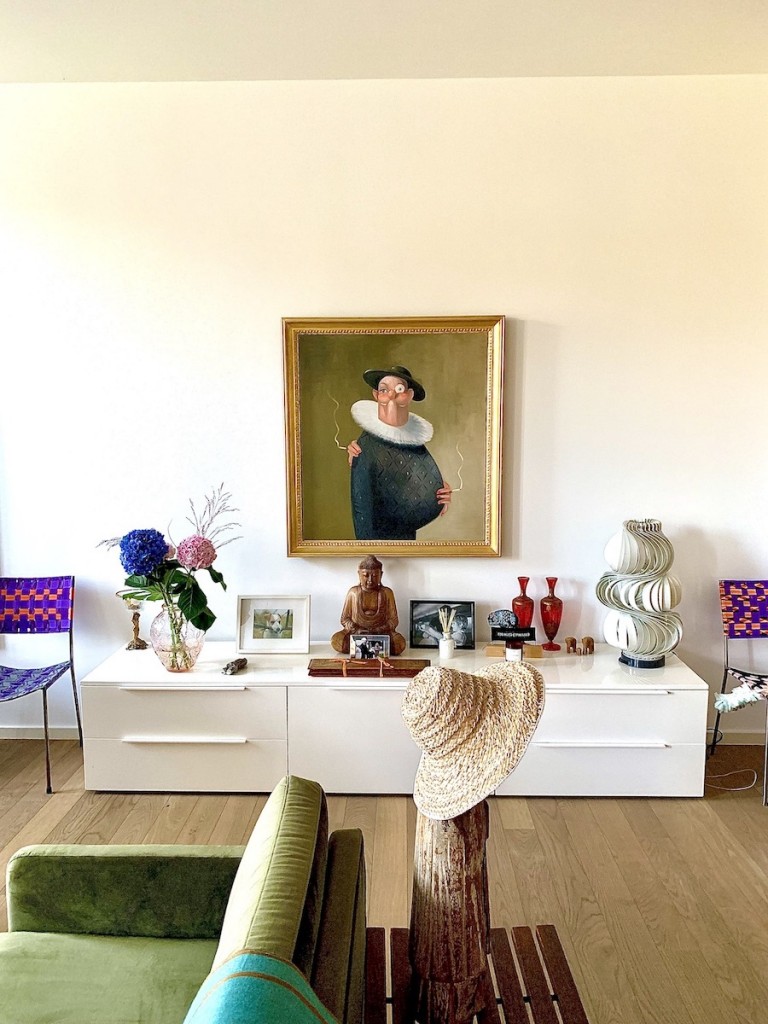
Related: ARNDT Collection
Instagram: @m.arndt
By Ricko Leung





